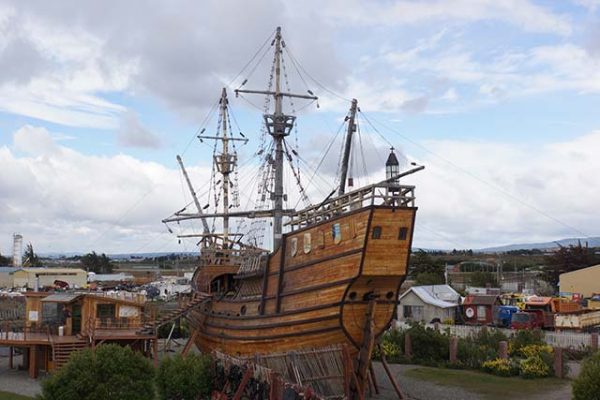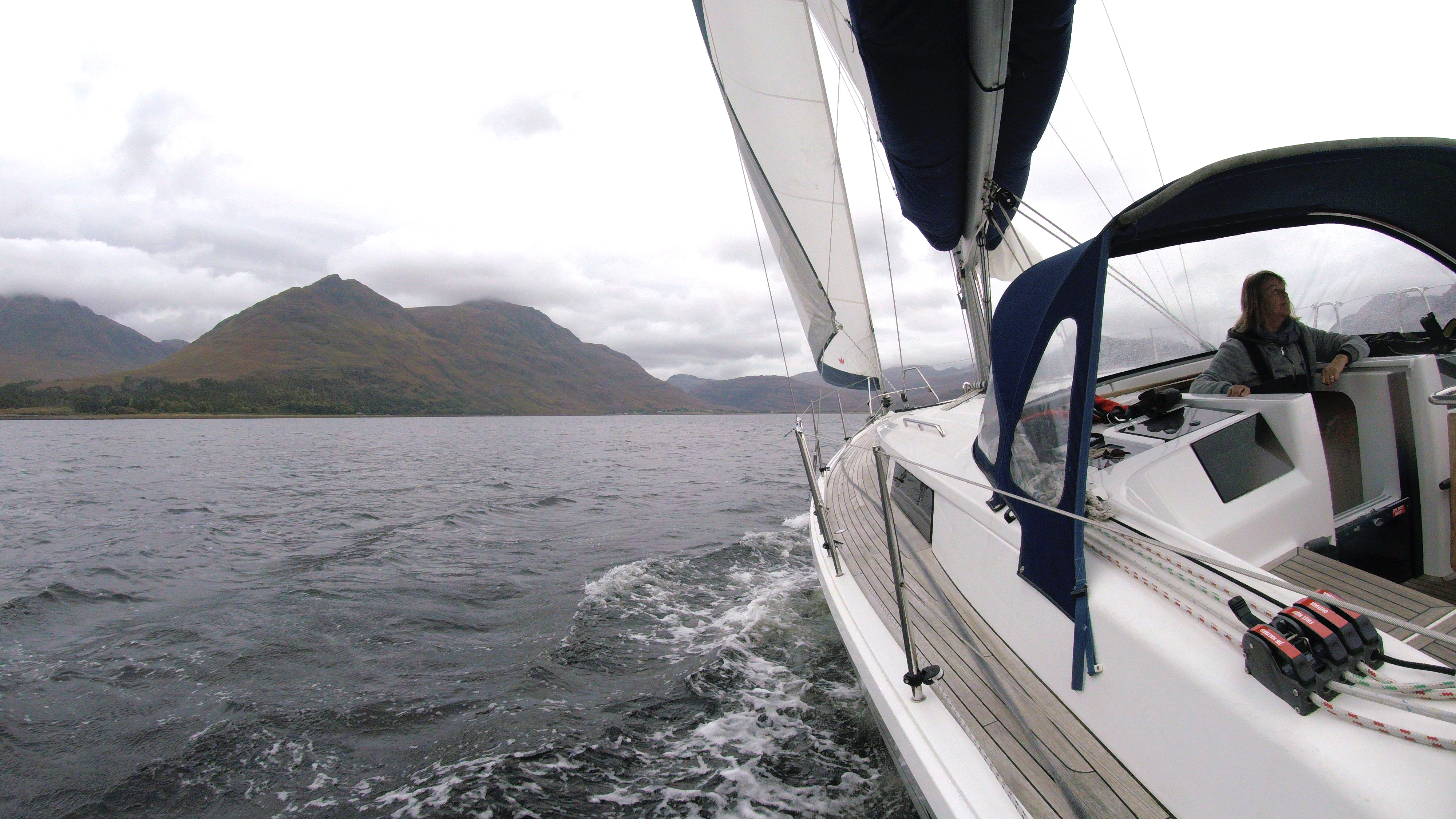Jonty Pearce experiences crossing the Drake Passage and reflects on the bravery of those who went before him
I was thrilled to cross the Drake Passage and pass by Cape Horn on our return from Antarctica.
I’ve read many books on this stretch of water, but few of them describe it as a millpond; one of my companions on our small cruise ship named it ‘Drake Lake’.
Our departure from Frei Station in the South Shetland Islands had been delayed for five days by two stormy weather fronts that prevented the return of the cruise passengers to Punta Arenas by air.
We were entertained by lectures, shore trips, whale sightings, snow, and intermittent 60 knot winds until the ship’s frustrations were ended with the announcement of a suitable flight weather window and our fellow passengers were able to take off for home.
Carol and I considered ourselves fortunate in having friends in high places who had agreed to our returning to Chile across the Drake Passage as guests aboard the Ocean Nova.
I had anticipated giant seas and high winds, so was surprised to learn just how quickly weather conditions, including the sea state, can change in the Southern Ocean.
Our captain told us that even if the flight had been able to depart earlier, he would still have had to delay the ship’s departure until the seas had settled to avoid storm damage.
As it was, we nosed out into a ‘gentle’ 3-4 metre swell with only 20 knot winds. My apprehensive expectations of 10 metre swells in gale force conditions were unfounded, and as we proceeded across the Drake Passage the sea became flatter. Was I disappointed?
Continues below…
Jonty Pearce: In Shackleton’s footsteps
Jonty Pearce leaves the relative balmy conditions of the UK to venture south and follow in the footsteps of legendary…
Jonty Pearce: High winds in Torridon
Jonty Pearce discovers that even bad weather doesn't have to hamper a charter holiday in Scotland
Well, maybe a little; it would have been an opportunity to safely experience the stormy reputation of this renowned stretch of water, but being thrown about for hours on end palls after a while, so I ended up glad that our crossing was smooth.
An ornithologist’s dream of a multitude of albatrosses gliding behind our stern more than compensated for the lack of mountainous seas.
I would not, however, wish to cross the Drake Passage in a yacht. The speed and severity with which the conditions can change means that any departure is fraught with apprehension.
Small craft need to be thoroughly prepared and seaworthy, which made our visit to Punta Arenas’ Maritime Museum all the more impressive.
This small yard is home to four replicas of boats that made their fame in these waters; The Beagle, Nao Victoria, James Caird, and the Ancud.
Each gained their place in history by making significant voyages.
The Ancud was sent by Chile to claim sovereignty of the Strait of Magellan in 1843, while HMS Beagle is best known for both identifying the Beagle Channel and for carrying Charles Darwin round the world.
Shackleton’s incredible voyage in the 23 foot whaler James Caird is legendary, and the Nao Victoria was the first ship to circumnavigate the world in 1522.
Of the four, it was crawling around Nao Victoria that made the greatest impact on me.
The ship looks like a miniature fairy-tale depiction of an early galleon – she is tiny, cramped, and has topsides out of all proportion to her wetted area.
I cannot imagine how her crew of 42 were crammed in, let alone the necessary stores. Yet she was the only one of five ships to survive, and of the 265 men who set out on the expedition only 18 returned alive.
The Magellan Strait is named in honour of the expedition’s commander, though he was one of those to perish on the voyage.
The courage, inspiration, and endurance of these early sailors is difficult to match in today’s protected times.
Back then, if you hit a rock – you sank. If the seas overcame you, you died.
There was no RNLI, GPS, satellite communication or even accurate charts. Yet amazing journeys were made in craft we would consider totally unseaworthy by skilled mariners.
It highlights my inadequacies, and emphasises that I am not worthy to join their ranks.






